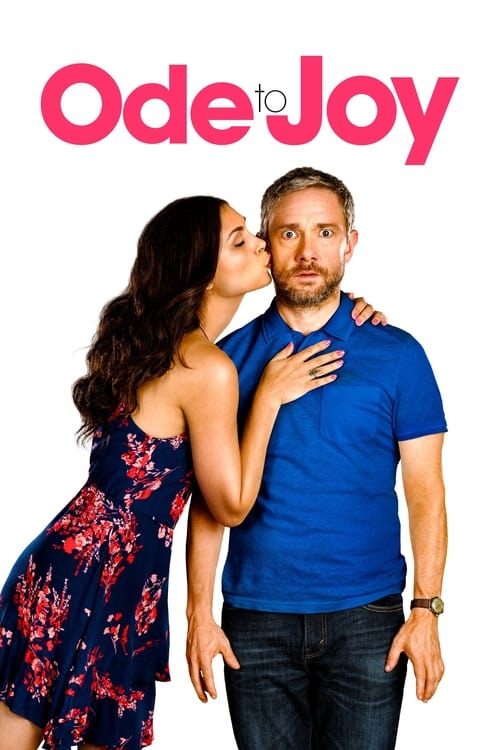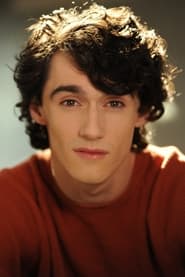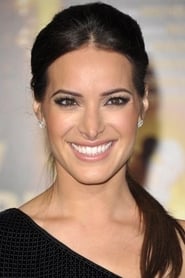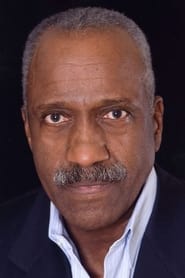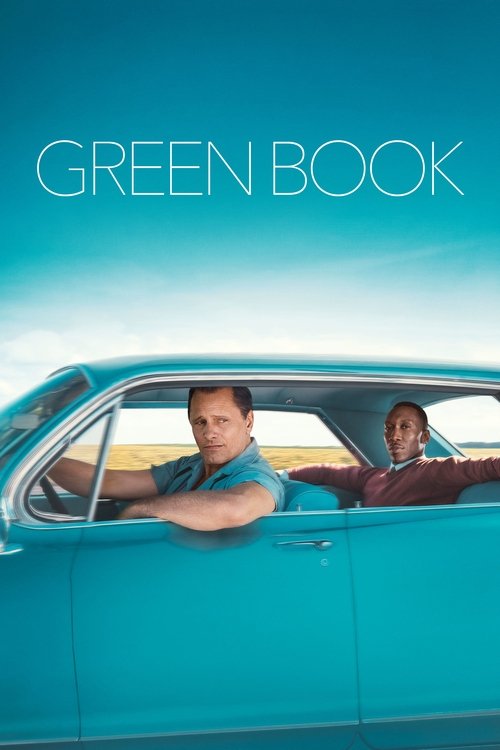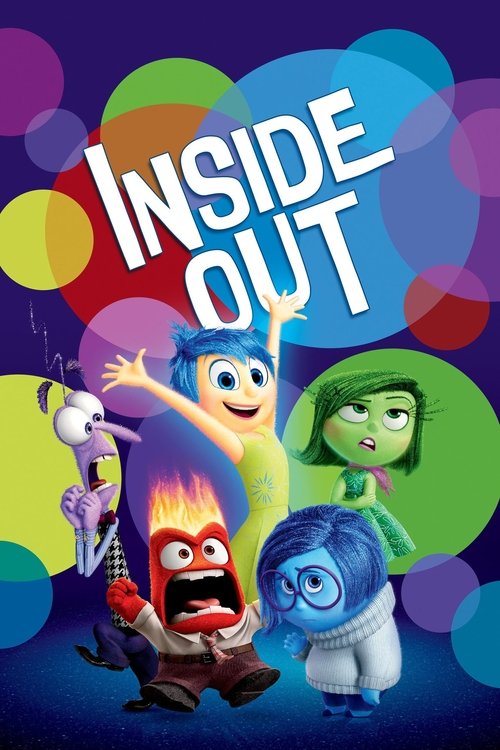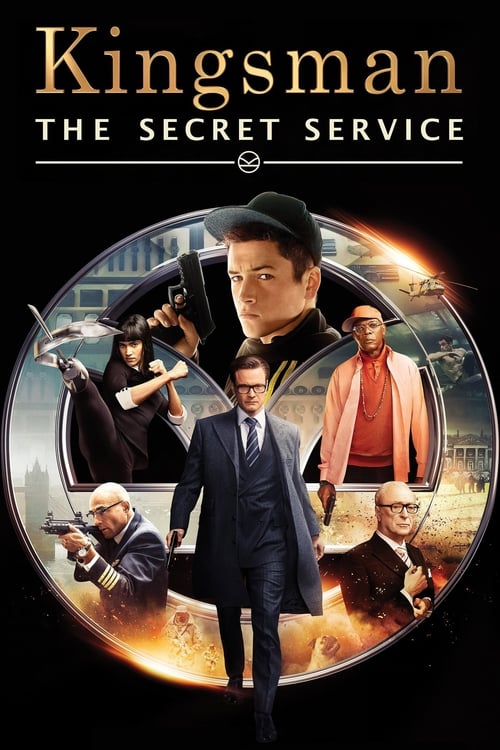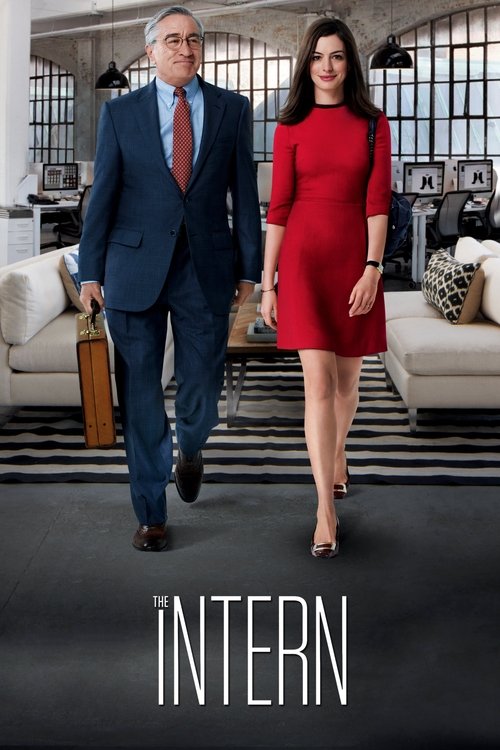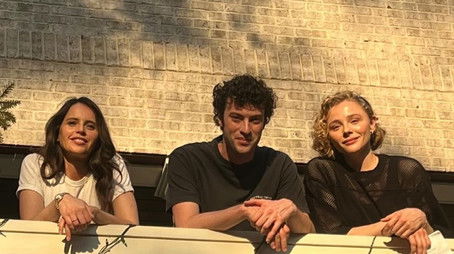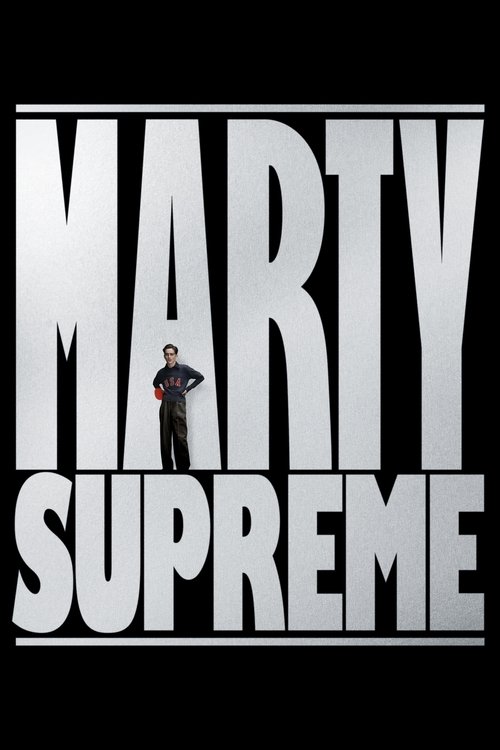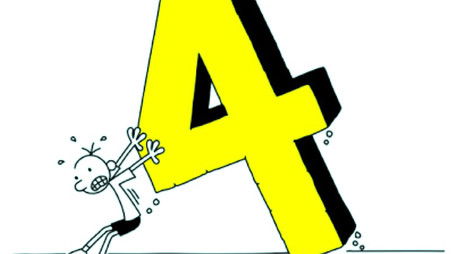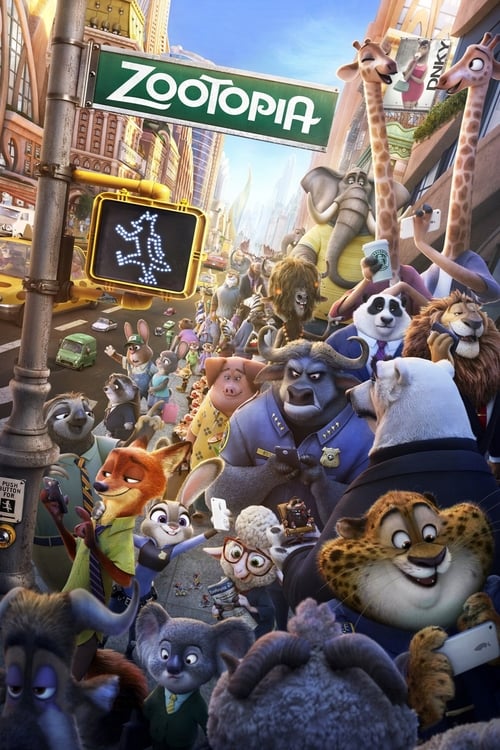
Ask Your Own Question
What is the plot?
The story of Ode to Joy (2019) begins with a stark, informative title card: "Cataplexy is a rare neurological disorder that causes sudden, temporary muscle paralysis triggered by strong emotions--especially joy." The screen fades into a Brooklyn wedding venue, sunlight streaming through stained glass, where Charlie Wyatt (Martin Freeman) stands stiffly at the altar beside his sister. The date is not specified, but the air is thick with anticipation and dread--for Charlie, every wedding is a minefield of emotional triggers. His younger brother, Cooper Wyatt (Jake Lacy), hovers nearby, ready to catch him if he collapses. The priest begins the vows, and Charlie's sister, sensing his discomfort, whispers urgently, "Please, just get through it." But as the bride and groom exchange rings, Charlie's face slackens. His knees buckle. He crashes into a floral display, sending petals flying, as Cooper barely manages to break his fall. The guests gasp; Charlie's cataplexy has struck again.
After the wedding, Charlie retreats to his controlled, quiet life. He shares a modest Brooklyn apartment with Cooper, who acts as both roommate and emotional anchor. Charlie works as a librarian, a profession he chose for its predictability and calm. The library is his sanctuary--rows of books, hushed voices, the occasional hum of the heating system. He avoids anything that might spark joy: no puppies, no babies, no romantic comedies. To stay grounded, Charlie's friends and brother feed him a steady diet of depressing news--famine, war, disease--anything to keep his emotions in check.
One afternoon, as Charlie reshelves books, Francesca (Morena Baccarin) bursts into the library, her energy electric. She's loud, spontaneous, and unafraid to show her feelings--everything Charlie is not. She approaches the desk, her eyes bright. "Do you have anything by Gabriel García Márquez?" she asks, her voice carrying across the quiet room. Charlie, flustered, stammers a reply. Their chemistry is immediate and undeniable, though Charlie fights it, terrified of what might happen if he lets himself feel something real.
Francesca, intrigued by Charlie's reserve, returns to the library again and again. She teases him, flirts, and eventually asks him out. Charlie hesitates, but Cooper and his friends encourage him to take a chance. "You can't live your whole life avoiding happiness," Cooper says. Reluctantly, Charlie agrees to a date.
Their first--and only--date is at a cozy Brooklyn café. The evening starts awkwardly, but Francesca's warmth begins to thaw Charlie's defenses. He finds himself laughing, genuinely, for the first time in years. But as the conversation turns intimate, Charlie's body betrays him. His muscles go slack; he slumps forward, hitting his head on the table before collapsing to the floor. Francesca screams for help. Paramedics arrive, and Charlie is rushed to the hospital.
When Charlie regains consciousness, Francesca is at his bedside, her face a mix of concern and confusion. "What just happened?" she asks. Charlie, embarrassed and afraid, explains his condition. "I have cataplexy. Strong emotions--especially happiness--make me pass out. It's why I avoid… well, everything." Francesca listens, her eyes wide. "So, you can't be happy?" she asks softly. "Not in the way most people are," Charlie admits. The weight of his words hangs between them.
In the days that follow, Charlie wrestles with his feelings. He knows he's falling for Francesca, but the risk is too great. "I can't put her through this," he tells Cooper. "Every time I feel something, I could end up in the hospital. It's not fair to her." Cooper, ever the optimist, argues, but Charlie is resolute. He decides to end things with Francesca, believing it's the only way to protect them both.
But Charlie can't bear to lose her completely. In a desperate, misguided attempt to keep her in his life, he sets Francesca up with Cooper. "You'd be perfect for each other," he tells them, forcing a smile. Francesca, hurt and confused, agrees to go out with Cooper, but her heart isn't in it. She's drawn to Charlie's quiet strength, his vulnerability, the way he tries so hard to protect those he cares about.
Meanwhile, Francesca seeks advice from her terminally ill Aunt Sylvia (Jane Curtin), who lives in a sunlit apartment filled with memories. "Why do you always go for the wrong men?" Sylvia asks, her voice gentle but probing. Francesca admits, "I like men for what they aren't. Maybe that's why Charlie feels… different." Sylvia smiles knowingly. "Sometimes the right person is the one who scares you the most."
As Cooper and Francesca's relationship progresses, Charlie watches from the sidelines, his heart breaking. He throws himself into his work, avoiding anything that might trigger his condition. But Francesca can't shake her feelings for Charlie. One evening, after a strained dinner with Cooper, she confronts Charlie at the library. "Why did you push me away?" she demands, her voice trembling. "You can't just decide what's best for me. I get to choose, too." Charlie, his voice barely above a whisper, replies, "I'm trying to protect you. Every time I'm happy, I could get hurt. I could hurt you." Francesca's eyes fill with tears. "But what if it's worth it?" she asks.
The tension between them is palpable. Charlie wants nothing more than to embrace her, to let himself feel, but fear holds him back. Francesca, frustrated but determined, refuses to give up. "You can't spend your whole life avoiding joy," she says, echoing Cooper's earlier words. "What kind of life is that?"
The film's climax comes at a small gathering at Charlie and Cooper's apartment. Friends are laughing, music is playing, and for a moment, Charlie allows himself to relax. He watches Francesca across the room, her laughter ringing out. Suddenly, he feels it--a surge of happiness so strong it takes his breath away. His muscles weaken; he starts to collapse. But this time, Francesca is there. She catches him, holding him close as he slumps against her. "It's okay," she whispers. "I've got you."
In that moment, Charlie realizes that love is worth the risk. He can't control his condition, but he can choose how he lives with it. The epilogue shows Charlie and Francesca together, navigating the challenges of his cataplexy with humor and patience. They attend a friend's wedding, Charlie gripping Francesca's hand tightly as the vows are exchanged. When the couple kisses, Charlie feels the familiar weakness, but this time, he doesn't fight it. He lets himself feel, knowing Francesca will be there to catch him.
The film ends with Charlie and Francesca walking through a Brooklyn park, the autumn leaves crunching underfoot. Charlie, still cautious but no longer afraid, turns to her and says, "Thank you for not giving up on me." Francesca smiles, squeezing his hand. "Thank you for letting me in."
There are no deaths caused by the main characters in the film. The only death referenced is that of Francesca's Aunt Sylvia, who passes away from her illness after the story's conclusion, her memory serving as a reminder to live fully and love bravely.
Ode to Joy is a story about the courage to embrace happiness, even when it comes with risk. Charlie Wyatt learns that love is not something to be avoided, but something to be cherished--even if it means occasionally collapsing into the arms of the person who means the most. The film's resolution is hopeful, suggesting that while life with cataplexy is challenging, it is still possible to find joy, connection, and love.
What is the ending?
In the ending of "Ode to Joy," Charlie, who has been struggling with a condition that causes him to faint whenever he experiences strong emotions, finally confronts his fears. He attends a wedding where he faces his feelings for Frances, leading to a pivotal moment of emotional clarity. Ultimately, he embraces love and joy, allowing himself to experience happiness without fear. The film concludes with Charlie and Frances together, suggesting a hopeful future.
As the film approaches its conclusion, we find Charlie grappling with his longstanding fear of emotional vulnerability. He has been navigating life with a condition that causes him to faint at moments of intense emotion, which has led him to avoid situations that could trigger such feelings. This fear has kept him isolated, particularly from love and meaningful relationships.
The scene shifts to a wedding where Charlie is a guest. The atmosphere is vibrant, filled with laughter, music, and the palpable joy of celebration. Charlie, however, is visibly anxious, his internal struggle evident as he watches couples dance and share intimate moments. He feels the weight of his condition pressing down on him, making him hesitant to engage fully with the festivities around him.
As the wedding progresses, Charlie's eyes are drawn to Frances, a woman he has developed feelings for throughout the film. She is radiant, embodying the joy and love that the occasion represents. Despite his fears, Charlie is compelled to approach her, driven by a mix of longing and trepidation. The tension in the air is thick as he battles with his instincts to retreat versus his desire to connect.
In a pivotal moment, Charlie and Frances share a dance. The music swells, and for the first time, Charlie allows himself to feel the joy of the moment. He is acutely aware of the risk of fainting, but he pushes through the fear, focusing on Frances and the connection they share. The scene is charged with emotion, and as they dance, Charlie's internal conflict reaches a climax. He realizes that to truly live, he must embrace the very emotions that have held him captive.
As the dance concludes, Charlie experiences a moment of clarity. He understands that love and joy are worth the risk of vulnerability. In a bold move, he leans in and kisses Frances, fully committing to the moment. This act symbolizes his acceptance of both joy and the potential pain that comes with it. The kiss is tender and filled with promise, marking a significant turning point for Charlie.
The film closes with Charlie and Frances together, walking hand in hand, their faces illuminated by the warmth of newfound love. The final scenes depict them laughing and enjoying each other's company, suggesting that Charlie has not only overcome his fears but has also opened himself up to a future filled with emotional richness. The ending leaves viewers with a sense of hope, emphasizing the importance of embracing joy and love, despite the risks involved. Each character, particularly Charlie, has undergone a transformation, moving from isolation to connection, highlighting the film's central themes of vulnerability and the beauty of human relationships.
Is there a post-credit scene?
In the movie "Ode to Joy," there is no post-credit scene. The film concludes its narrative without any additional scenes or content after the credits roll. The story wraps up with the main characters resolving their conflicts and finding a sense of joy and connection, leaving the audience with a sense of closure. The focus remains on the emotional journey of the characters rather than extending the story further in a post-credit sequence.
What condition does the main character, Charlie, suffer from in Ode to Joy?
Charlie suffers from a rare condition called cataplexy, which causes him to experience sudden loss of muscle control triggered by strong emotions, particularly joy.
How does Charlie's condition affect his relationships in the film?
Charlie's cataplexy complicates his romantic relationships, as he struggles to connect with others without the fear of his condition causing him to collapse during moments of happiness.
Who is Frances, and what role does she play in Charlie's life?
Frances is a free-spirited woman who becomes romantically involved with Charlie. Her vibrant personality and carefree attitude challenge Charlie to confront his fears and embrace joy despite his condition.
What is the significance of the wedding scene in the film?
The wedding scene serves as a pivotal moment for Charlie, where he faces his fears head-on. It is a culmination of his internal struggle with joy and his condition, leading to a critical turning point in his character development.
How does Charlie's relationship with his brother influence the story?
Charlie's relationship with his brother, who is more carefree and socially adept, highlights Charlie's insecurities and fears. Their dynamic adds depth to Charlie's character, showcasing his internal conflict between wanting to be happy and the fear of his condition.
Is this family friendly?
"Ode to Joy," produced in 2019, is a romantic comedy that explores themes of love, anxiety, and personal growth. While it has a light-hearted premise, there are a few elements that may be considered objectionable or upsetting for children or sensitive viewers:
-
Anxiety and Panic Attacks: The protagonist, Charlie, suffers from a condition that causes him to faint whenever he experiences strong emotions, particularly joy. This theme of anxiety is central to the story and may resonate with or distress viewers who have similar experiences.
-
Romantic Relationships: The film includes scenes that depict romantic relationships, including discussions about intimacy and emotional vulnerability. Some of these moments may be more suitable for older teens and adults.
-
Mature Themes: The film touches on adult themes such as the complexities of love, heartbreak, and personal struggles, which may not be fully relatable or appropriate for younger audiences.
-
Mild Language: There are instances of mild profanity and adult language that may not be suitable for children.
-
Emotional Turmoil: Characters experience emotional ups and downs, including moments of sadness and conflict, which could be upsetting for sensitive viewers.
Overall, while "Ode to Joy" has comedic elements and a heartwarming message, its exploration of anxiety and adult relationships may make it more appropriate for older teens and adults rather than young children.

